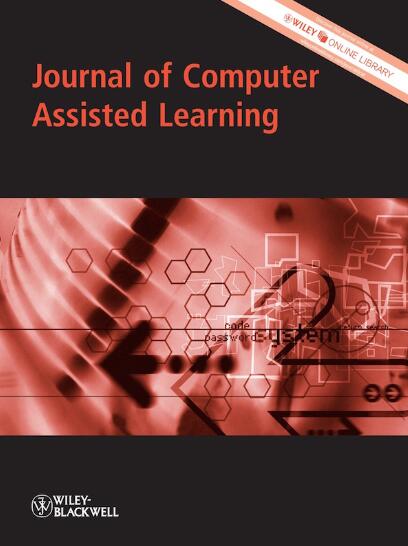Enhancing mandarin learning through classroom response apps: A comparison of cognitive and affective factors in touch and shaking responses
Abstract
Background
This study was motivated by the need to enhance Mandarin learning through embodied interactions and physical engagement methods. While most studies confirm the positive effects of touchscreen devices on learning, mixed findings suggest a need for more engaging methods. This research addresses these gaps by exploring the benefits of embodied interaction through the Shaking-On game app, an embodied question-response platform, in comparison to Kahoot.
Objectives
To compare the learning effectiveness of the Shaking-On app, which incorporates physical shaking interactions, with the conventional quiz platform Kahoot in promoting Mandarin learning and positive emotional experiences.
Methods
A total of 158 junior high school students participated in the study, engaging in 15-minute sessions once a week for 3 weeks in a formal classroom setting. Participants were divided into two groups: one using the Shaking-On app and the other using Kahoot. The study employed a comparative analysis framework based on achievement emotion theory to evaluate learning outcomes and emotional responses. Furthermore, the classroom response system (CRS) analysis was used to assess the cognitive and affective parameters of the learning tasks in the Shaking-On app and Kahoot, providing detailed insight into how different interactive tasks contributed to learning.
Results and Conclusions
The results indicated that the Shaking-On app significantly enhanced Mandarin learning and engagement compared with Kahoot. Participants using Shaking-On experienced higher levels of interactive situational interest and flow, while test anxiety remained consistent across both groups. These findings suggest that incorporating embodied interactions into digital learning tools can substantially benefit student engagement and learning outcomes. The study indicated that such apps could be effectively integrated into classroom settings to enhance student learning. Educators and game developers are encouraged to integrate such interactive elements to improve the efficacy and appeal of educational applications.

 求助内容:
求助内容: 应助结果提醒方式:
应助结果提醒方式:


